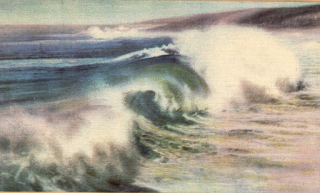An ASU alumnus going to the University of Arizona, in the future

Since I'm a time-traveler, I sometimes move forwards, instead of backwards, in my travels. Today I would like to travel to the time when I will be going to the University of Arizona. Now calm down here, I'll always be a Sun Devil, and my plan to go to the UArizona is easily explained. I will be donating my body, when I'm done with it, to the medical school in downtown Phoenix. If you haven't been in downtown Phoenix lately, you may be surprised to see that there's a University of Arizona Medical School there. And besides, it really doesn't matter to me as long as I get to stay in Phoenix. I've never been one of those people who gets all excited about "the big game", and rivalries between schools. To me the Universities in Arizona are places of learning, and research. I don't have anything else to donate to them, like money, and I'd like to encourage them, so they can have my body. I decided on this many years ago, and I have to adm...


























